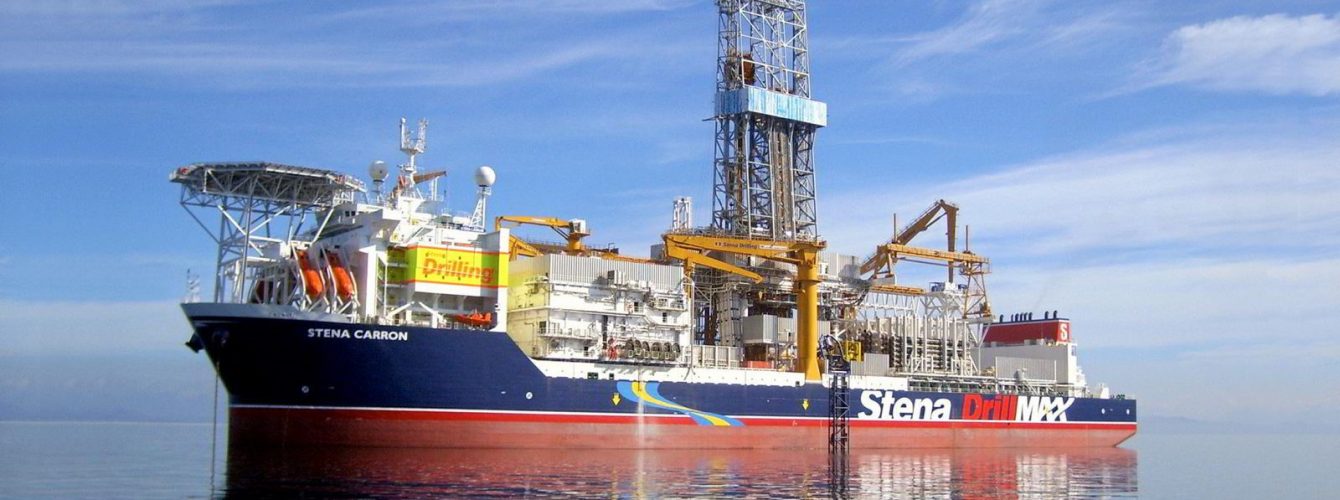In the first part of our Special Focus on Guyana & Suriname, Upstream looks at how ExxonMobil is planning a busy year of wildcatting in the region
The Guyana-Suriname basin has become a global hot spot for oil exploration and production since US supermajor ExxonMobil opened up the play in May 2015 with the Liza discovery in the giant Stabroek block.
With more than 50 wells drilled over the past five years, the basin is now an important part of the South American offshore scene, which for decades had Brazilian state-controlled company Petrobras driving regional demand.
Things have changed with ExxonMobil’s string of finds — 18 and counting off Guyana — and neighbour Suriname is also poised to reap the benefits of recent oil discoveries made by US independent Apache in Block 58.
“It is a super-prolific source rock but complicated in terms of the fluid distribution. There is a lot of hydrocarbon, a lot of sand and a lot of traps, so it is an explorer’s dream,” says Keith Myers, president of research at UK-based advisory Westwood Global Energy Group.
“We are talking at least 10 billion barrels of oil equivalent in Stabroek and Block 58, of which we think about 70% is oil or liquids.
“It is the biggest play to emerge since the discovery of the Brazilian pre-salt.”
ExxonMobil fast-tracked Liza to turn sleepy Guyana into a major oil-producing nation and drilling activity is still continuing apace.
The supermajor plans to spud up to 15 exploration and appraisal wells in Stabroek alone this year, with realistic hopes of increasing its recoverable resource base of 9 billion barrels.
Busy year
“We are going to see a really busy year for exploration drilling in Guyana in 2021. It will probably be the busiest year ever on Stabroek, with Westwood expecting seven to eight exploration wells,” says Westwood senior analyst Jamie Collard.
With Noble Corporation’s drillships Noble Bob Douglas and Noble Tom Madden busy with wells for the Liza phase two development, ExxonMobil has assigned Stena Drilling’s Stena Carron to spud Koebi-1, the next exploration prospect in Guyana.
The Stena Carron will move to the new location after concluding the Bulletwood-1 wildcat in the Canje block, which is being drilled in deeper waters.
According to project partner Hess, Koebi-1 will target Campanian reservoirs about 26 kilometres north-east of the Liza field.
In March, ExxonMobil expects to drill the Longtail-3 appraisal well in an effort to obtain more information about the greater Turbot-Longtail area.
The campaign will take place with the newly chartered drillship Stena DrillMax and will drill a deeper section targeting lower Campanian and Santonian geological intervals.
The next prospect will be the Uaru-2 appraisal well in April, to be drilled by the Noble Don Taylor, and then the Whiptail-1 wildcat east of Liza in May.
Whiptail-1 will also target Campanian and Santonian reservoirs, with the programme to be conducted by the Stena DrillMax.
ExxonMobil is also planning to spud the Mako-2 appraisal well later this year and may return to the Canje block to drill at least one more well regardless of results from the Bulletwood-1 probe.
“Bulletwood-1 is a very interesting well, but at the same time considered higher risk. We see it differently to the proven play in the Liza, Payara and Yellowtail areas,” says Collard, adding that the well is potentially as risky as the recent Tanager-1 non-commercial find made at the Kaieteur block.
High on the list of potential drilling locations at Canje are the Jabillo-1 and Sapote-1 exploration prospects.
ExxonMobil currently has four rigs operating offshore Guyana. This will rise to six when the Stena DrillMax arrives next month and the Noble Sam Croft finishes the well it is drilling for Apache in Suriname on a sub-contracted basis.
Suriname scene
Suriname too will enter the second quarter with three drill strings on the go, as Anglo-Irish independent Tullow Oil and French supermajor Total pursue exploration and appraisal programmes, respectively.
Describing the “new kid on the block” Guyana-Suriname basin as prolific and exciting, Oslo-based brokerage Bassoe Offshore suggests that rig demand in the region will continue to increase, even though ExxonMobil’s operations on the Stabroek block will start maturing away from wildcatting towards appraisal and development.
“There are multiple oil companies that may also look to start exploration in the coming years, which will add even more rig demand,” Bassoe notes.
“This points to a high likelihood that rig demand will continue to increase, especially if some of these planned exploration wells meet expectations.”
After years of delay, Canadian operator CGX Energy recently submitted applications to spud two shallow-water wells in the Corentyne and Demerara blocks offshore Guyana.
CGX has identified the Kawa-1 prospect in 305 metres of water, to be drilled in the second half of the year, as the best lead in the northern portion of the Corentyne block.
The company has also recently secured a one-year contract extension until February 2022 to drill the Makarapan-1 well in Demerara.
—
Source: Upstream | This text was excerpted from the media outlet cited on February 22, 2021 and is provided to Noia members for information purposes only. Any opinion expressed therein is neither attributable to nor endorsed by Noia.






